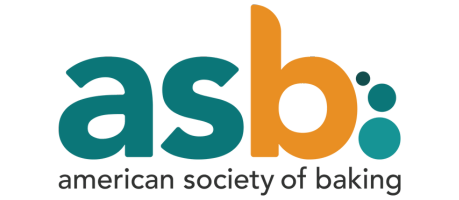Updated Study on Recruitment Trends and Best Practices
The American Bakers Association (ABA) and the American Society of Baking (ASB) have released their joint study, 2021 Workforce Gap in U.S. Commercial Baking: Recruitment Trends & Best Practices. Conducted in October 2021 by Cypress Research, the study assesses challenges and best practices for workforce recruitment in the U.S. commercial baking industry.
An update to 2016’s Workforce Gap in U.S. Commercial Baking: Trends, Challenges and Solutions, the 2021 findings help baking employers better understand the current recruitment trends for hourly, skilled production employees and how they have changed in the past five years. The study also explores new in-depth industry data on the recruitment of drivers and hourly, unskilled production employees.
Expanding Recruitment Strategies
The top five recruitment challenges for commercial baking employers have not changed in the last five years. Identifying talent pools and building awareness about baking manufacturing careers have remained primary recruitment challenges for hourly skilled and unskilled production positions. However, baking employers have expanded their portfolio of recruitment strategies to address these challenges. In comparison to 2016, there has been a significant increase in companies using formal employee referral programs, social media channels, and virtual or in-person local career fairs to attract hourly, skilled production employees.
Baking employers are also seeking to reach new audiences who may not be aware of baking manufacturing careers. This outreach includes second chance workers who are being introduced to baking careers at growing rates. The number of baking companies with some or considerable focus on recruiting second chance workers has increased from 38% in 2016 to 78% in 2021.
Growing Branding and Culture
Baking employers are investing in strategies to foster a positive work environment and culture. Most companies reported implementing these strategies in several ways, including via internal company websites or social media channels to connect employees and encourage collaboration and teamwork. In addition, baking employers are growing awareness of their brands and the workplace cultures they foster by hosting company-specific career fairs, both in-person and virtual. In 2016, only 28% of companies were doing so, while in 2021, that has increased to 69%.
Efforts to generate awareness of company brands and baking manufacturing career opportunities have also strengthened the partnerships employers have forged with an array of educational, non-profit, and government organizations. The number of baking employers who have developed relationships with state employment agencies, two-year technical colleges, and local vocational high school programs has increased since 2016.




